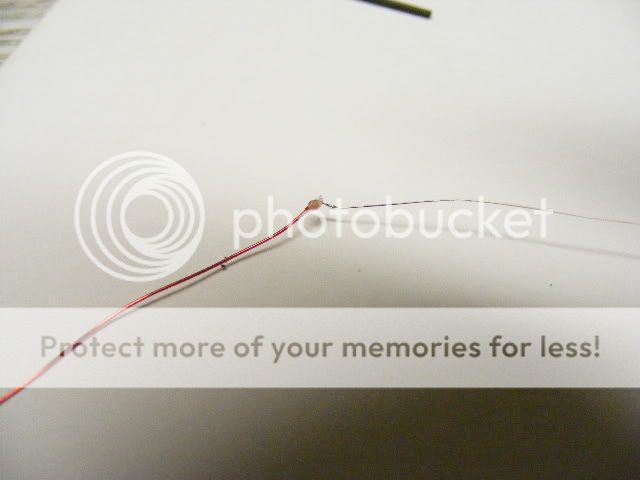IMHO a thread like this has been a long time needed for those wanting to replace, repair or make a new atomizer coil.
There is a ton of good information on the forum, but it many and most times is buried in a thread where the subject isn't in the thread topic line. Some threads are huge and it is hard to read through the whole thread just to see if what you are looking for might be there. If you find good information in another thread, please include a link to it. Include the post # please.
This thread should address ONLY coil making. Materials, methods, links to material/tool sources and concerns. It's fine to state "this is how I made a new atty coil for my Model "X". Different models have different coil lengths, diameters, resistance values, nichrome wire sizes, core or wicking materials, tools used and such.
Experimental projects should have thier own thread and a link placed to them is welcomed. Let's keep this thread on what actually works.
Be considerate if/when criticizing. Many here will be at the bare basic level and some rebuild thiers regularly.
Remember this, Just because your method may work doesn't make it the "right or only way", it just means that it works. There is usually room for improvement or difference somewhere. Even if it is in the technique you use, some are easier for others due to available tools and skill levels.
PLEASE, do not ask "how do I get my Model "X" apart to replace it?" There are threads that address this and if you can't find one, START ONE, please. If you have a working method for atomizer disassembly and reassembly, Start a new thread on it! I don't think that is asking to much. Once you have attached new wires to the coil and its ready to install or show a pic indicating how you connected it to the existing wires of the atomizer it should be considered complete. Expect questions to be asked for clairification.
If this thread is of interest to you and you want to follow it, click "Thread Tools" at the top of the page, "Subscribe to this Thread" and select "Instant Email Notification". You will receive an email everytime a new post occurs and it will have a clickable link in the email.
If this method is followed this thread can be a wealth of "on topic" information, easy to find, and work as a hub to all of the the great information that already exists.
There is a ton of good information on the forum, but it many and most times is buried in a thread where the subject isn't in the thread topic line. Some threads are huge and it is hard to read through the whole thread just to see if what you are looking for might be there. If you find good information in another thread, please include a link to it. Include the post # please.
This thread should address ONLY coil making. Materials, methods, links to material/tool sources and concerns. It's fine to state "this is how I made a new atty coil for my Model "X". Different models have different coil lengths, diameters, resistance values, nichrome wire sizes, core or wicking materials, tools used and such.
Experimental projects should have thier own thread and a link placed to them is welcomed. Let's keep this thread on what actually works.
Be considerate if/when criticizing. Many here will be at the bare basic level and some rebuild thiers regularly.
Remember this, Just because your method may work doesn't make it the "right or only way", it just means that it works. There is usually room for improvement or difference somewhere. Even if it is in the technique you use, some are easier for others due to available tools and skill levels.
PLEASE, do not ask "how do I get my Model "X" apart to replace it?" There are threads that address this and if you can't find one, START ONE, please. If you have a working method for atomizer disassembly and reassembly, Start a new thread on it! I don't think that is asking to much. Once you have attached new wires to the coil and its ready to install or show a pic indicating how you connected it to the existing wires of the atomizer it should be considered complete. Expect questions to be asked for clairification.
If this thread is of interest to you and you want to follow it, click "Thread Tools" at the top of the page, "Subscribe to this Thread" and select "Instant Email Notification". You will receive an email everytime a new post occurs and it will have a clickable link in the email.
If this method is followed this thread can be a wealth of "on topic" information, easy to find, and work as a hub to all of the the great information that already exists.










